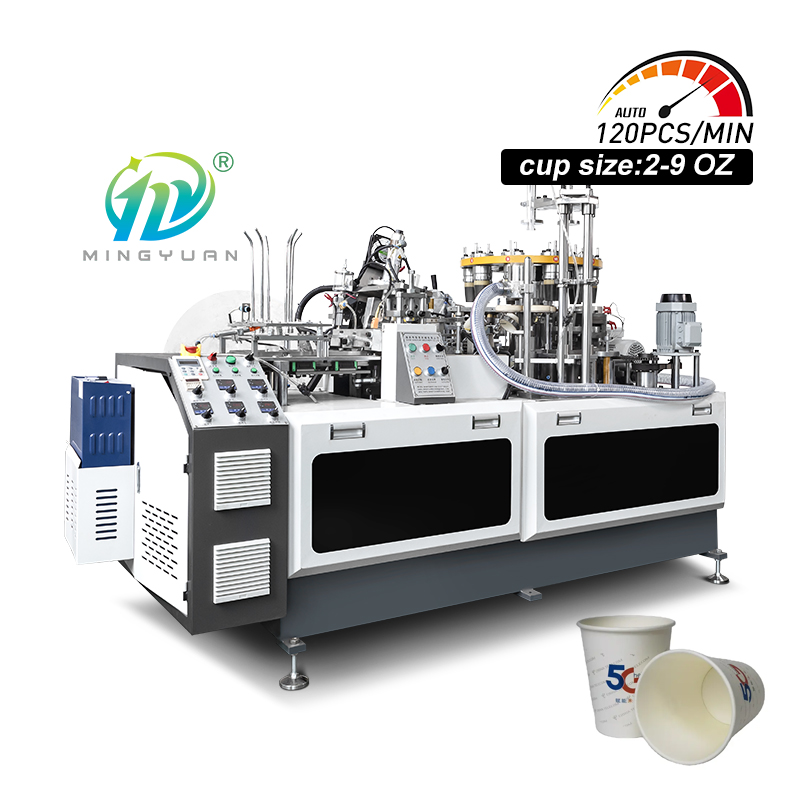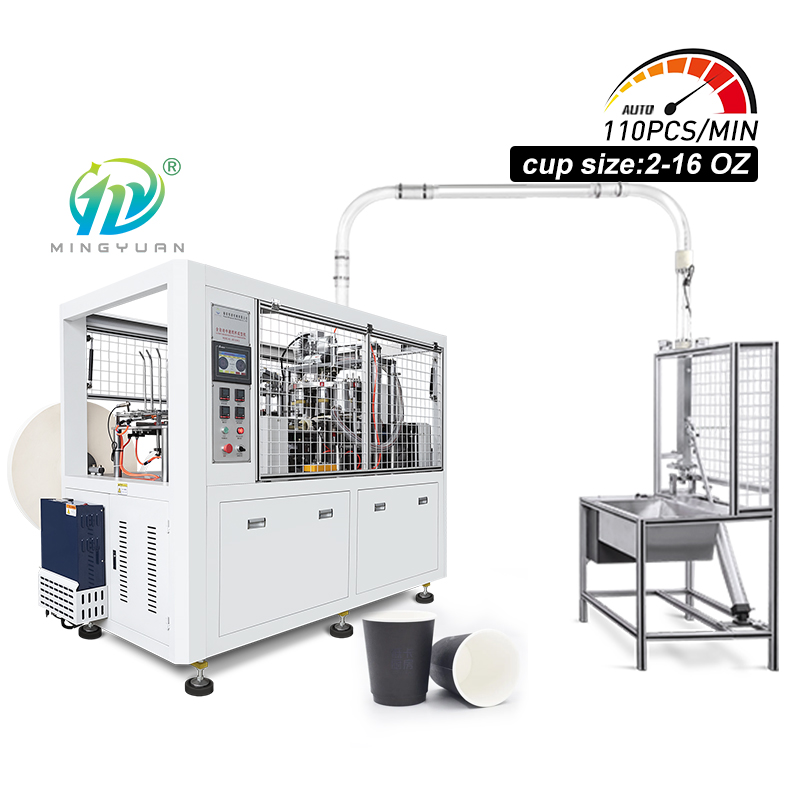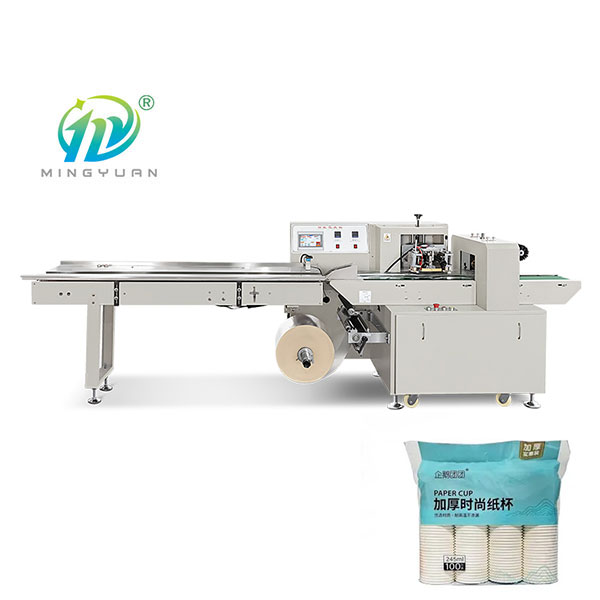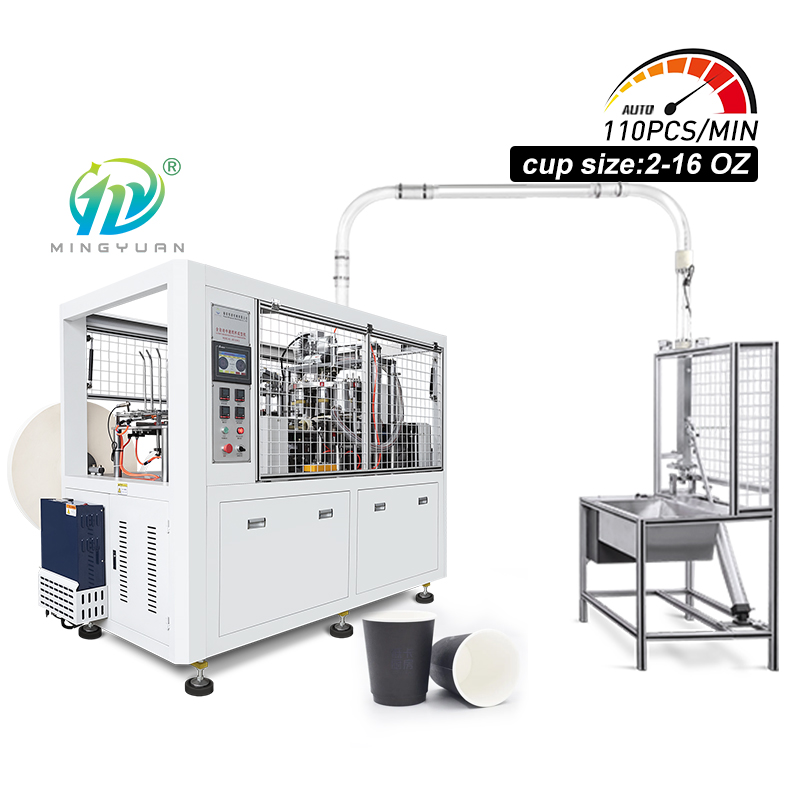It only takes a moment for a paper cup to take shape! Let the Paper Cup Machine manufacturer guide you through the paper cup forming process.
To begin, the paper used for making paper containers must be food-grade, the highest quality paper. The next crucial step is the application of an oil- and water-resistant film, which is done via a thin-film coating process. This thin layer of plastic material ensures the paper cup is resistant to both oil and water, making it suitable for long-term use with beverages and soups. The choice of this film material is essential as it affects the durability and aesthetic quality of the final paper cup.
According to paper cup machine manufacturers, the production of paper cups is largely handled by fully automatic paper cup machines, which streamline the entire process. Here’s how it works:
- Paper Feeding: The printed, fan-shaped paper sheets are fed into the machine.
- Forming the Cup Cylinder: The machine automatically rolls the paper, seals it, and curls the edges, forming the cylindrical shape of the cup.
- Bottom Sealing: A separate bottom sheet of paper is automatically fed into the machine, sealed to the cup cylinder, and securely fixed.
- Shaping & Counting: The machine performs edge curling, final shaping, and counting, before outputting the finished paper cups.
This seamless process results in strong, reliable, and aesthetically pleasing paper cups.
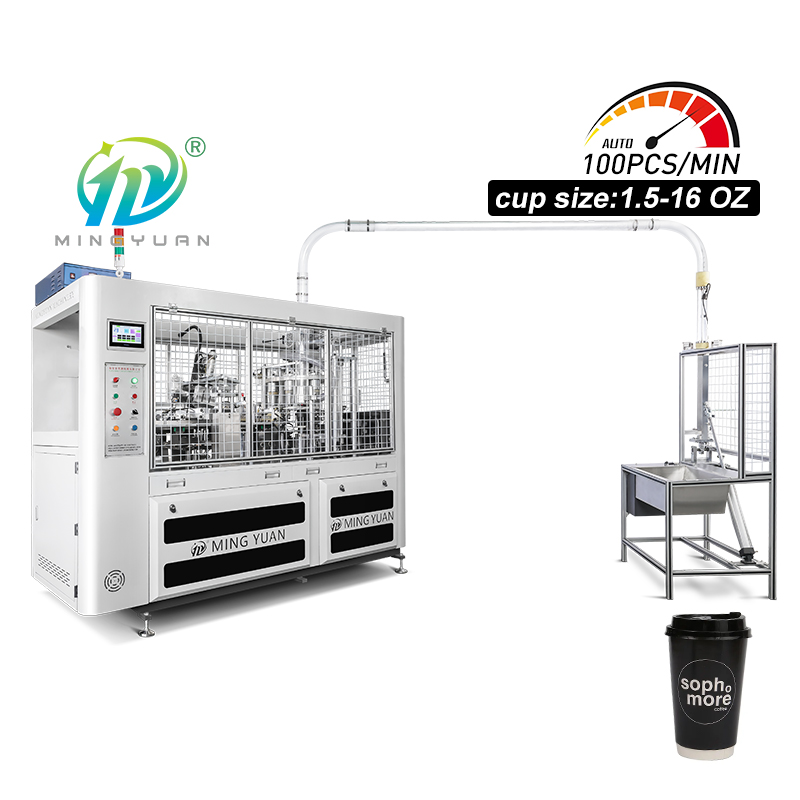
After the coating process, the desired pattern and color are printed on the paper roll. Paper Cup Machine manufacturers tell you that printing methods can be divided into gravure, convex plate, and flat plate. The cost of gravure printing is too high and it is rarely used now; relief printing uses paper rolls for continuous printing and the printing volume is large. Lithography cuts paper into slices and then prints them, and is suitable for manufacturing small quantities of products. After the ink is completed, a layer of water gloss treatment is printed for protection.
Some operators use ink printing, printing first and then coating, wrapping the ink in the coating. This production method has a higher loss rate and therefore higher costs. But regardless of the printing method, the printing materials for containers that come into contact with food must be food grade to ensure food safety.
The printed paper enters the die and the fan-shaped paper is produced, which is the unfolded shape of the paper cup wall. This fan-shaped paper is collected and fed to a forming machine, where the paper is immediately rolled into the shape of a cup. The Paper Cup Machine manufacturer tells you that at the same time, the mold provides heat at the seams of the paper, so that the PE is destroyed by heat and bonded to each other, and the bottom of the paper cup is bonded immediately. The mold then pushes the cup rim so that the paper on the cup rim is rolled up and heat-fixed to form the rim of the cup. These shaping steps can be completed in one second.
Send the completed paper cup to the inspection machine to confirm whether the shape is intact and whether the inner surface is clean and stain-free. The paper cups that have been inspected will enter the packaging process and wait for shipment from the Paper Cup Machine manufacturer.
Core Advantages of Paper Cup Machines
Fully automatic paper cup machines, as the core production equipment, have the characteristics of high efficiency, precision and stability.
- High Efficiency: Equipped with a PLC control system, it realizes full automatic operation from paper feeding to finished product output, producing 50-120 paper cups per minute.
- Precision: With high-precision positioning devices, it ensures firm sealing of the cup body and smooth cup mouth without burrs, meeting food-grade safety standards.
- Stability: The advanced mechanical structure and intelligent control system ensure stable operation for a long time, reducing the failure rate.
Key Materials for Paper Cup Production
The main material for making paper cups is food-grade coated paper, which consists of base paper and a PE coating layer.
- Base Paper: Must meet the standards for food contact paper, with certain stiffness and thickness to ensure the cup's shape.
- PE Coating Layer: Plays a role in waterproofing and oil-proofing, preventing liquid leakage when the paper cup is filled with liquid.
- Quality Requirements: High-quality coated paper is not only the basis for ensuring the quality of paper cups but also an important prerequisite for the smooth production of paper cup machines.
Key Points for Purchasing Paper Cup Machines
When enterprises purchase paper cup machines, they need to pay attention to the following aspects:
- Production Speed: Choose equipment whose production speed matches their own production capacity needs.
- Qualified Rate of Finished Products: Check whether the qualified rate of finished products of the equipment is stably above 98%.
- Energy Consumption: Equipment with low energy consumption can reduce long-term production costs.
- After-sales Service: Perfect after-sales service can ensure the continuous and stable operation of the equipment.
In Summary
With the deepening of environmental protection concepts, the paper cup industry is increasingly shifting toward the use of degradable coating materials. As a result, paper cup machine manufacturers are continuously developing equipment designed to work with these new, environmentally friendly materials. This evolution is driving the industry toward greener and more sustainable production practices. In the future, paper cup machines capable of processing eco-friendly materials are expected to dominate the market, making sustainability a key focus in the paper cup manufacturing process.

